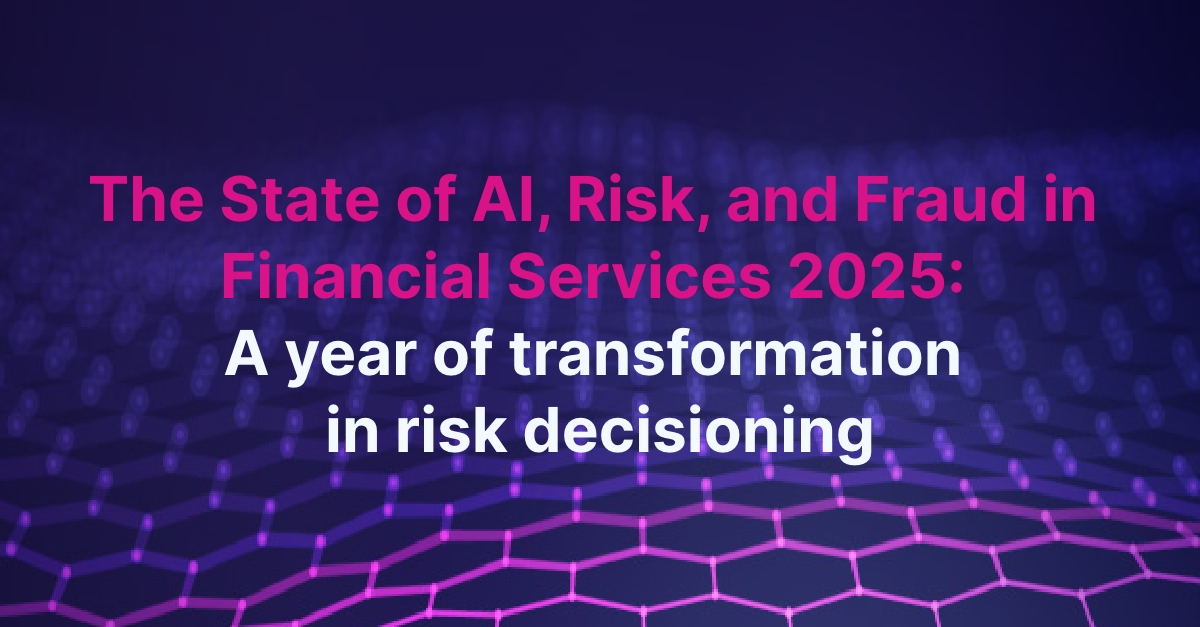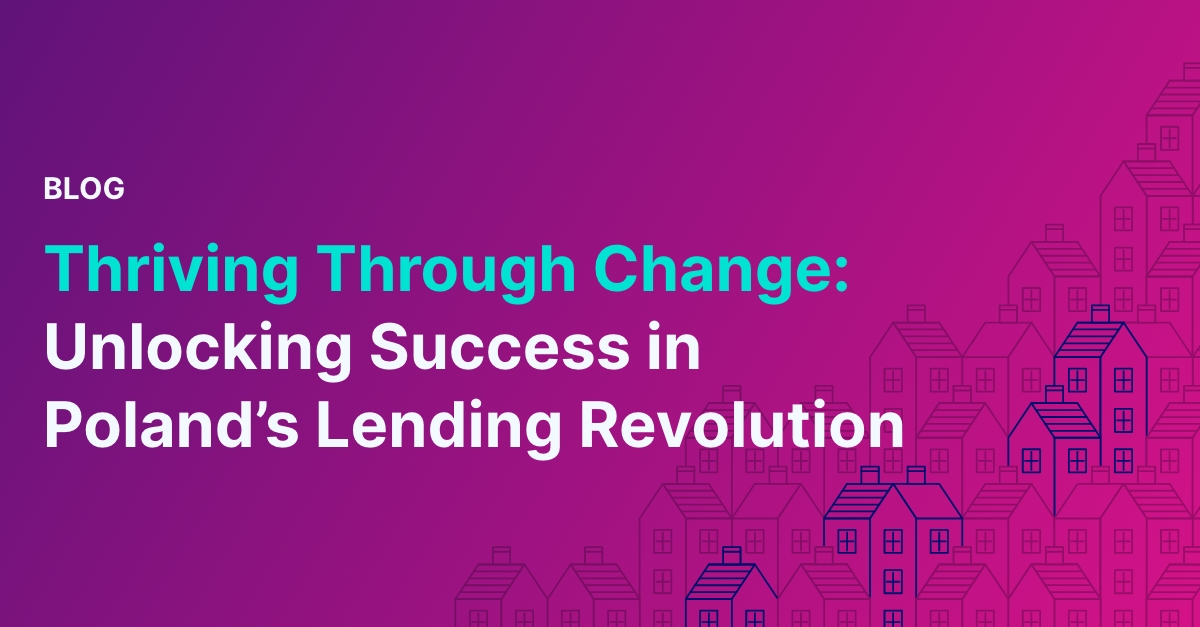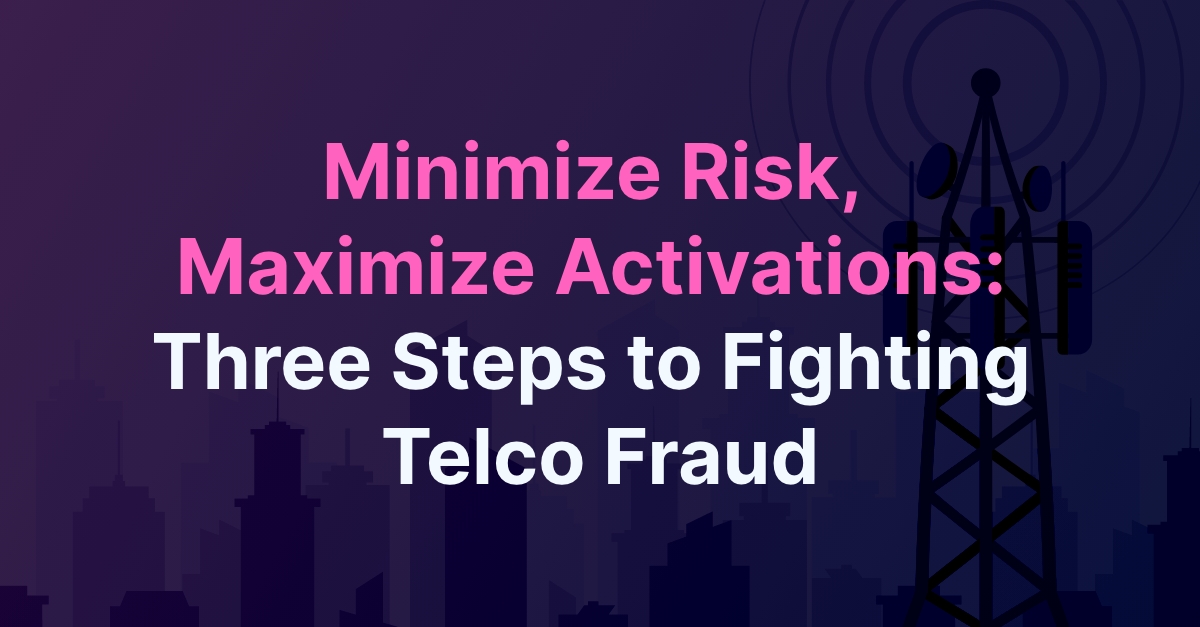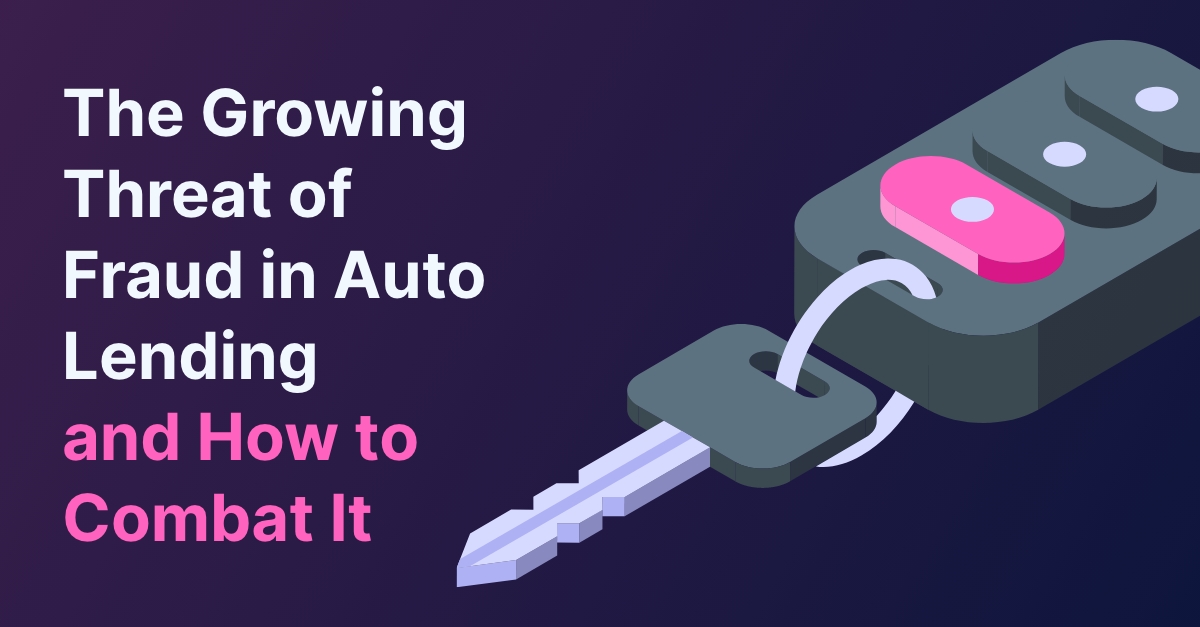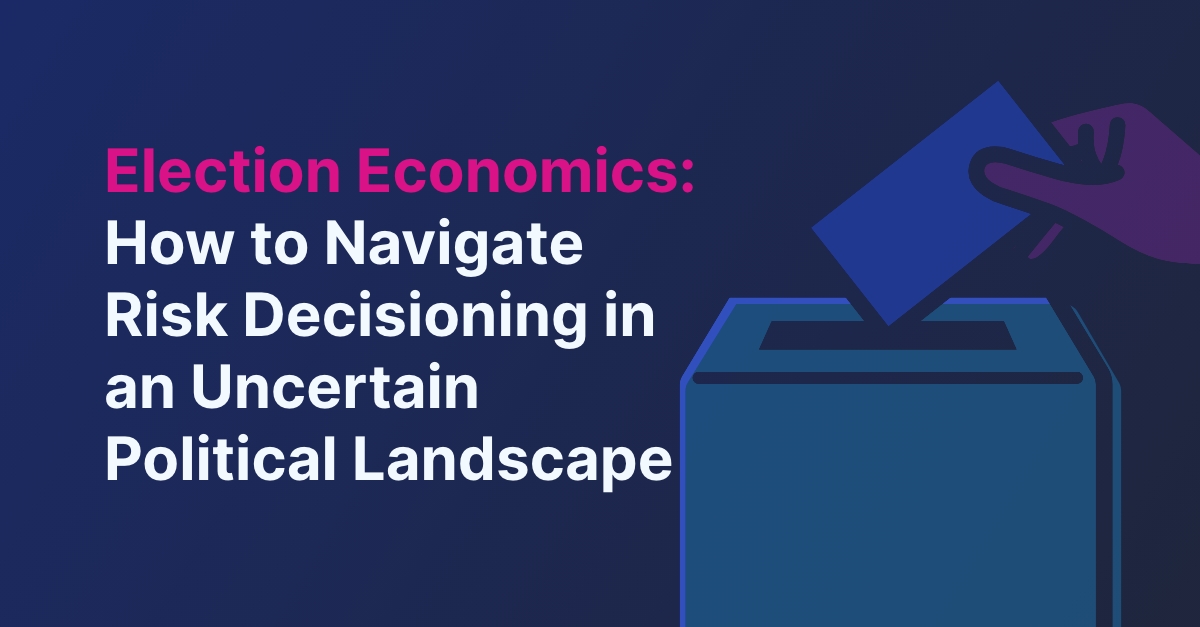The Growing Threat of Fraud in Auto Lending and
How to Combat It

As fraud continues to increase in the automotive industry, the impact it has on financial services providers and vehicle buyers is significant. Thanks to the high-value transaction of car buying, and a growing shift towards digital loan applications, fraudsters are finding increasingly sophisticated ways to exploit vulnerabilities in the system. And it’s working for them – automotive fraud is up by more than 50% this year versus last year. Auto lenders are caught in a high-stakes environment, forced to balance the need for instant loan approvals and seamless customer experiences with robust risk management and fraud prevention measures.
This need-for-speed in application processing, driven by consumer expectations and mounting competitive pressure, can create gaps that fraudsters are ready to exploit – putting your financial stability, profitability, and industry reputation at risk. So we’re looking at common fraud schemes, the impact fraud has on the auto industry, and actionable insights for technology-driven solutions that can help you combat fraud in an increasingly digital, high-risk world.
Why is fraud so prevalent in auto lending? There are several factors that make auto financing an appealing target for fraudsters:
- High-Value:
Auto loans tend to be high-volume and high-value, meaning successful scams can yield substantial financial rewards.
- Consumer Demands:Today’s digitally-savvy consumers have high expectations of fast loan approvals and frictionless experiences. When same-day decisions are expected, lenders face pressure to prioritize speed over robust risk mitigation measures, creating gaps for fraudsters to slip through.
- Digital Transformation:Further to consumer demands, the ongoing shift to online/digital applications exposes lenders to more sophisticated (and very rapidly evolving) digital fraud schemes, including identity theft and synthetic IDs.
- Economic Uncertainty:Fluctuations in vehicle prices, interest rates, inflation, and economic instability often results in desperation and opportunism, prompting both professional fraudsters (including organized crime rings) and financially strained individuals to engage in fraudulent activities.
- Application/First-Party Fraud: Where individuals use false identities or fabricate employment/income info to qualify for loans they wouldn’t otherwise be approved for. Fraudsters might fabricate pay stubs or employers, making it challenging for lenders to verify legitimacy of loan applications. Nearly 80% of all auto fraud cases involve first-party fraud.
- Synthetic Identity Fraud: Even more insidious (and on the rise – there was a 400% increase in synthetic ID fraud in the automotive industry this past year), synthetic ID fraud involves creating entirely new identities, combining real and fictional info (i.e. mixing a real Social Insurance/Social Security number with fake personal details). Synthetic IDs often have clean credit histories, making them difficult to flag and enabling fraudsters to secure significant loans before disappearing.
- Dealer Fraud: Dishonest car dealers can collaborate with fraudsters, inflating the price of vehicles or falsifying loan documents to secure higher financing amounts, leaving lenders at risk when the loan defaults
- Title Washing: This involves the alteration of a vehicle’s title to hide its history of accidents or salvage status – misleading both lenders and potential buyers and making a car appear more valuable than it actually is.
- Re-Vinning: Involves removing the original Vehicle Identification Number (VIN) from a stolen vehicle and replacing it with a counterfeit VIN from a legally registered vehicle; disguising the stolen vehicle’s true identity and allowing fraudsters to sell/register it without suspicion.
- Loan Stacking: When individuals apply for multiple auto loans simultaneously, often across different lenders. Securing multiple loans before credit bureaus or financial services providers have time to update records means that fraudsters can walk away with several financed vehicles, leaving lenders on the hook to recover losses.
- Financial Losses: Auto lenders and financial services providers collectively lose billions of dollars annually (estimated at nearly $8 billion in 2024) thanks to fraudulent activities. This affects profitability of course, but also creates a ripple effect with higher interest rates and less favorable loan terms for consumers as lenders try to offset their risk.
- Operational Strain: Detecting, investigating, and managing fraud cases can require substantial resources (human and financial) and a large time investment. This can lead to inefficiencies in day-to-day operations of your business, diverting attention from core business functions.
- Reputational Damage: Fraud incidents can erode consumer trust and loyalty, and expose lenders to regulatory scrutiny, tarnishing brand image and leading to further financial and operational repercussions.
- Market Impact: Widespread fraud can contribute to inflated vehicle prices and exacerbate loan risk concerns, deterring both lenders and buyers, leading to declining car sales and impeding market growth.
- Advanced Data Analytics:Leveraging data-driven insights is essential in early detection of fraud. Advanced data analytics tools can flag unusual application behaviors (discrepancies in reported income, recurring patterns linked to synthetic IDs, etc.). Analyzing vast datasets allows lenders to identify even the must subtle indicators of fraud that would be difficult to catch through manual reviews, enabling you to more effectively minimize potential losses.
- Identity Verification Tools:Modern IDV tech plays a crucial role in authenticating applicant info. Tools that use biometrics, document verification, and cross-reference with government databases help ensure applicants really are who they say they are. These tools help auto lenders avoid false positives, improving the accuracy of fraud detection and maintaining a frictionless approval process for genuine customers. This allows you to significantly reduce fraud risks, while still supporting a satisfying customer experience.
- Fraud Detection Software:Integrated fraud risk decisioning software helps you streamline and strengthen fraud prevention measures through automation. Incorporating real-time decisioning and machine learning models that can adapt to evolving fraud tactics allows you to detect anomalies instantly and automate repetitive tasks, helping lenders save time and resources. This boosts overall operational efficiency, allowing your teams to focus on higher-value, more strategic tasks while maintaining compliance with relevant regulations.
- Cross-Industry Collaboration:Sharing fraud intelligence and best practices with other lenders and financial organizations in a variety of verticals can help everyone stay informed of new fraud schemes and threats. Cooperation greatly strengthens defenses and ensures a proactive approach to emerging fraud tactics, allowing you to stay one step ahead.
- Continuous Monitoring:Effective fraud prevention doesn’t stop at the application stage. Continuous monitoring of loan portfolios and borrower behavior can help you detect fraudulent activity across the customer journey before it escalates. Monitoring tools that use AI to analyze account patterns and identify signs of fraud helps you protect your business, maintain customer trust, and ensure longer-term financial health.
- Real-Time Decisioning:
Instant assessments to flag potential fraud before loan approvals and minimize false positives - Machine Learning:
Adaptive models that learn from fraud attempts to refine detection methods - Automation:
Tools that streamline application processing and fraud checks to improve efficiency and reduce manual workload, while ensuring compliance with relevant regulations - Seamless Integration:
Software solutions that work seamlessly with existing systems to enhance your current fraud prevention methods – and ensure a frictionless customer experience
Investment in the right technology is key to a successful, proactive approach to fraud and risk management. The foundation of future-proofing lies in adopting scalable, cloud-based solutions that are capable of adapting to changing fraud threats. Cloud-based platforms offer you flexibility and real-time updates, while AI-driven tech enhances fraud detection by rapidly and accurately analyzing large datasets to identify subtle, complex patterns that can otherwise slip through the cracks. And advanced AI tools will continuously learn from your fraud decisions, allowing you to refine fraud detection processes and stay ahead of fraudsters.
Provenir’s AI-powered fraud solutions offer you:
